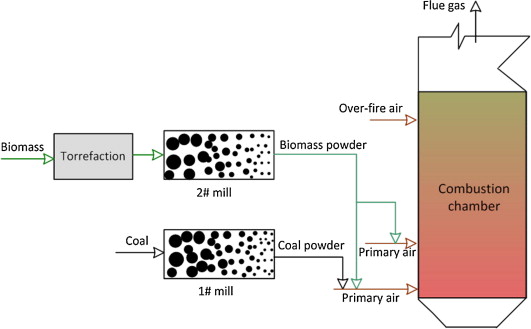7667766266
enquiry@shankarias.in
Recently, Ministry of Power revised the policy on biomass thus obligating the thermal power plants to increase the use of biomass pellets.

Biomass Co-firing Policy
References